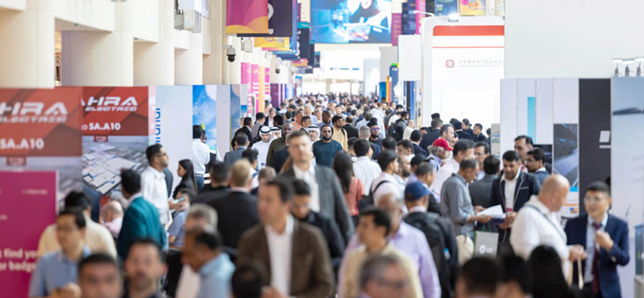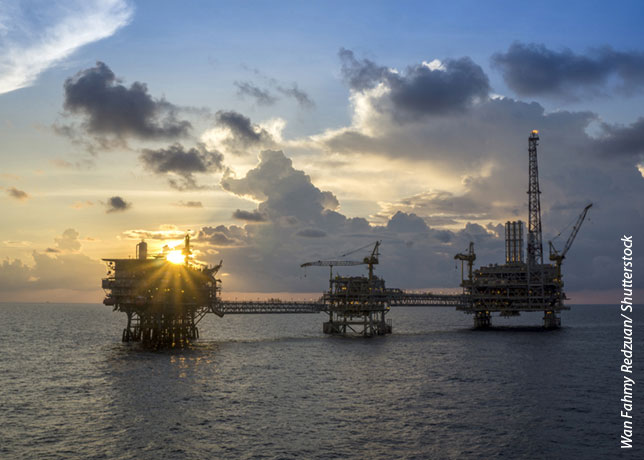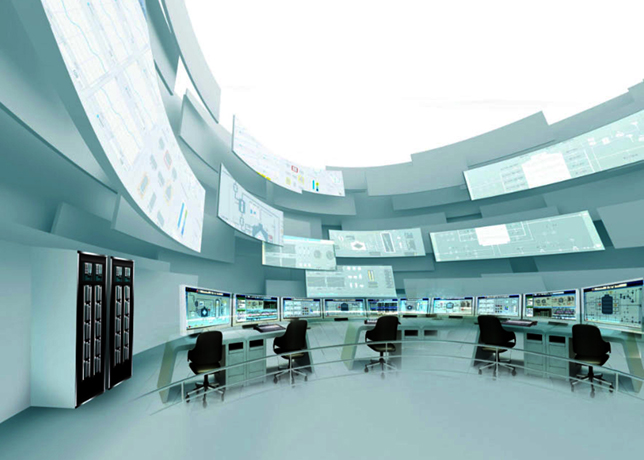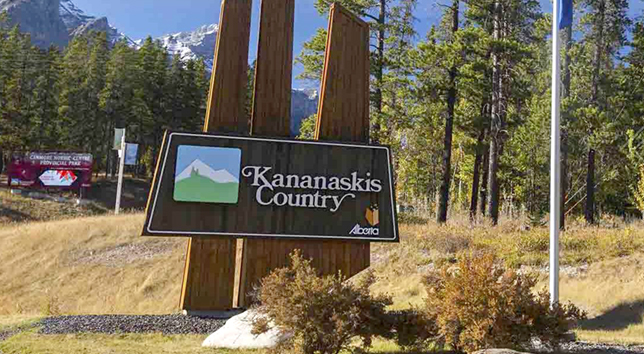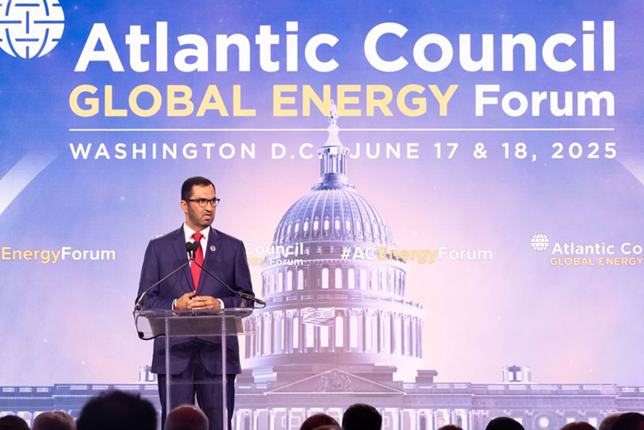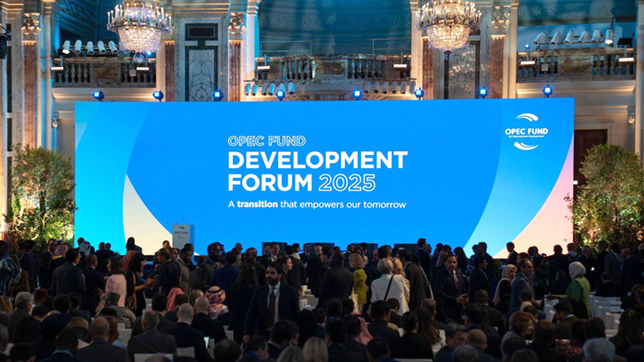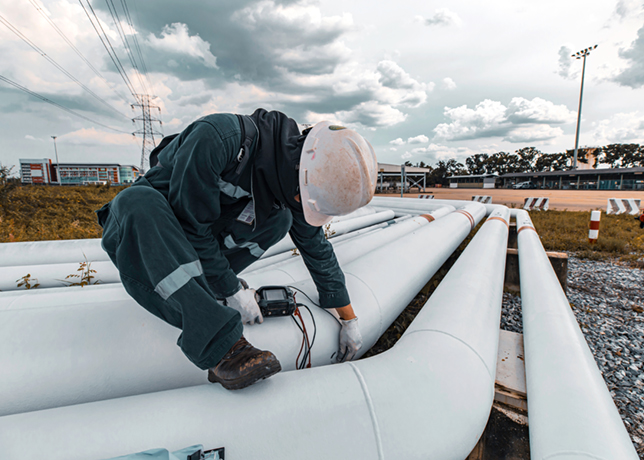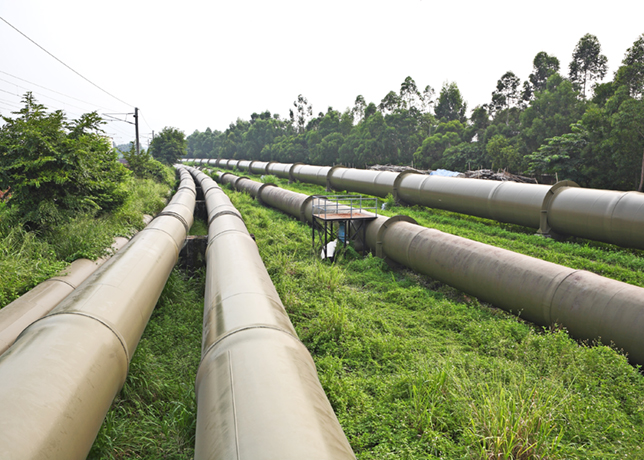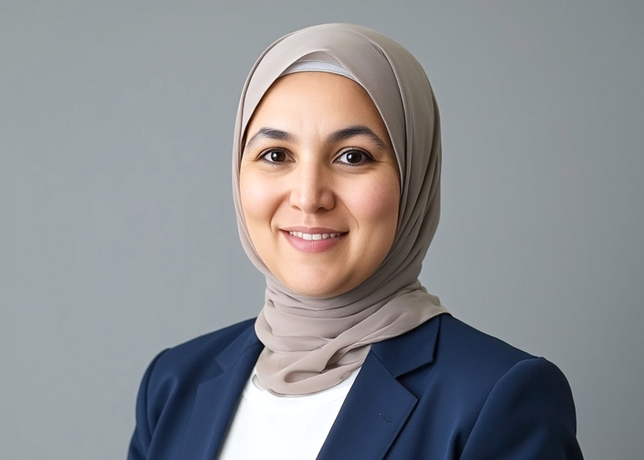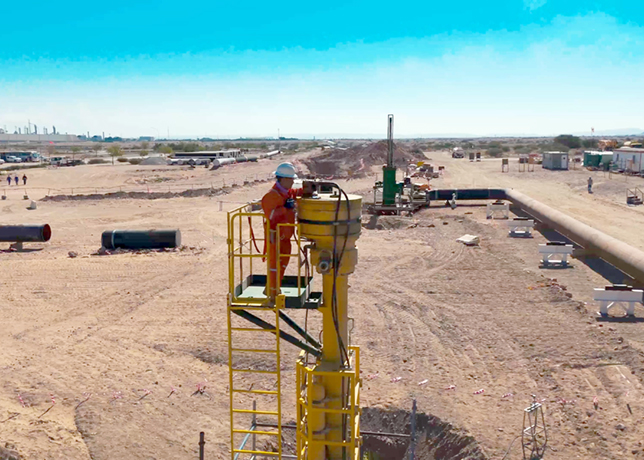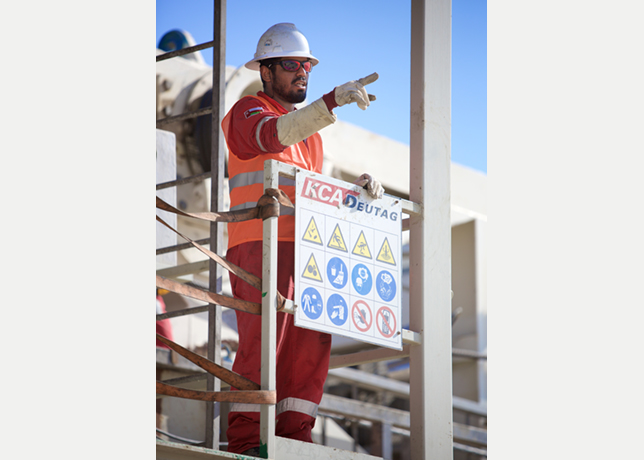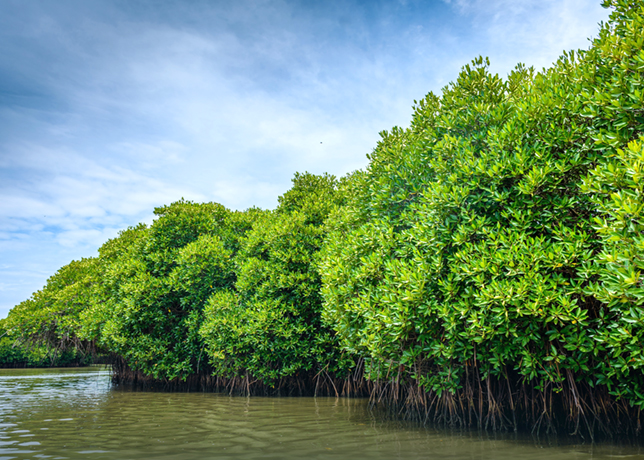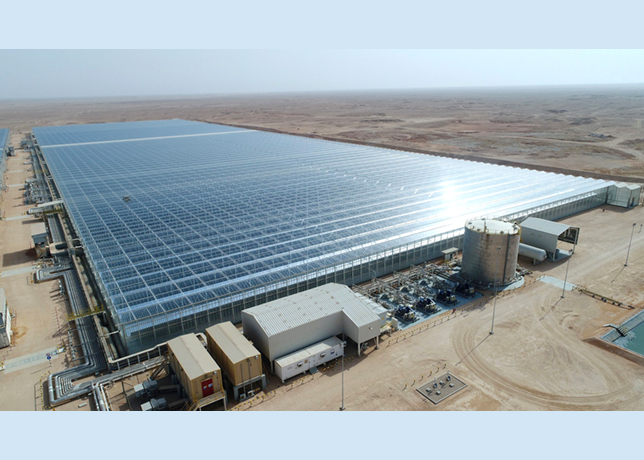
 PDO to focus on six major business processes © Petroleum Development Oman
PDO to focus on six major business processes © Petroleum Development Oman
Petroleum Development Oman (PDO) is the major exploration and production company in the Sultanate.
It accounts for about 90 per cent of the country’s crude oil production and nearly all of its natural-gas supply.
The first export of Omani oil took place on July 27, 1967, and since that time PDO has been the engine that has driven much of the development of modern Oman.
Over the last couple of years or so, however, geological uncertainties and technical challenges in realising productionenhancing opportunities have frustrated PDO’s efforts to uphold its oil production levels.
The company, however, has plenty of oil in place in its fields, and plenty more barrels can certainly be produced. But to do so in a way that can be sustained for the 40-year lifetime of its recently renewed concession requires cleverness and resourcefulness.
Specifically, PDO needs professional people to help it meet the challenges of its future production.
To ensure the sustainability of its success at producing oil and gas at an acceptable unit cost, PDO intends to focus on six major business processes over the coming years:
* Well and reservoir management
* Operational excellence
* Developing our people
* Hydrocarbon maturation
* Contracting and procurement
* Delivery of wells and projects on time and on-budget.
The reservoirs of Oman are amongst the world’s most geologically complex, encompassing the full range of structures and oil types.
Exploitation of the country’s hydrocarbon resources has always required a wide spectrum of production techniques and state-of-the-art technology.
By the end of the decade, around 15 per cent of PDO’s oil production will come from enhanced oil recovery (EOR) projects – primarily from the Harweel miscible-gas injection project in south Oman.
So PDO can offer petroleum scientists and engineers as well as people from other disciplines a unique opportunity to work not only on a variety of reservoir types but also on many different primary, secondary and tertiary recovery processes, including gravity drainage, waterflooding, miscible-gas flooding and steam injection, to name but a few.
Geoscience
People travel from all over the world to study the surface geology of Oman. And the subsurface is just as varied and interesting.
There are carbonate formations; some are fractured and some-known as stringers-are encased in salt. And there are clastic formations of every nearly every kind: aeolian to fluvial to glacial.
Explorationists have long been tested by Oman’s complicated geology, and at PDO they have the benefit of the latest tools to unravel its mysteries.
Recently, a team showed how the reprocessing and inversion of seismic data, combined with a revised geological model, indicated the possibility of a higher porosity and permeability trend considerably down the flank of a structure whose crest had previously been drilled to encounter oil only in several thin units of very low permeability.
The trend was coincident with a top-lap truncation imaging on seismic, forming elements of a stratigraphic trap. A second exploration well drilled down the flank of the first did in fact find significantly better reservoir quality.
This is but one example of the work in which geoscientists are involved.
Well engineering
Well engineers in PDO work in an environment that has embraced new technology to the full so that the range of work is as diverse as it is interesting.
Under balanced drilling (UBD), inflow profile control using swellable elastomers, and ultrashort-radius (USR) drilling are just a few of the technologies in which PDO is investing.
Since the introduction of UBD to PDO in 2002, over 100 wells have been drilled to date with exceptional operational and HSE performance. Outside of North America, PDO continues to implement successfully the longest-running UBD campaign in the world.
For PDO, UBD has resulted in a significant improvement in productivity, reservoir characterisation and well performance. With the extremely encouraging results to date and the promise of continued success as the technology advances up the adoption (learning) curve, UBD certainly has a future for continued development of fields in the PDO portfolio for years to come.
One of the biggest challenges that PDO faces is the rising quantity of produced water.
The company is meeting this challenge head on and is now one of the world’s leading exponents of EZIP – a swelling elastomer technology which it helped develop. EZIP, together with other expandable technologies, will be of crucial importance to PDO’s production in the year’s ahead.
PDO is using USR drilling to make its wells turn from vertical to horizontal in only 15 metres – less than one-twentieth the distance taken with normal methods.
This means increased field life, easier access to trapped oil and the ability to try different well designs quickly. PDO is out to prove that such once impossible wellbores are cost effective and increase hydrocarbon accessibility. PDO is currently about the only company in the world that is actively pursuing this promising technology.
Well and reservoir management
PDO has established dedicated Well & Reservoir Management (WRM) teams to optimise the production from existing fields, some of which are more than 30 years old. WRM techniques at PDO are both reducing the unit cost of well interventions and increasing net oil gains.
Moreover, the integrated approach to WRM is also shortening the planning and study timeframes as well as reducing the uncertainties.
Enhanced oil recovery
PDO is currently executing and planning projects involving the injection of gas and steam into reservoirs.
In the south of Oman, at Harweel, construction of the facilities for a miscible gas injection development has begun.
And a full field thermal recovery project at Qarn Alam is another EOR project that is set to be given the go ahead.
Other EOR options, such as polymer flooding, are brought to life in the Study Centre, where hydrocarbon maturation studies are conducted. Since mid-2003, the Study Centre has been actively delivering timely, robust and technically excellent subsurface studies and development plans.
In cooperation with the Well and Reservoir Management group, all fields have been screened for direct improvements, awaiting longer-term study work.
Production chemistry
The subsurface-chemistry department has successfully aided PDO’s quest to boost its oil production by using proven water/gas shut-off techniques, optimising the clean-ups of injectors and reservoirs, and customizing drill-in fluids.
The surface chemistry department, in contrast, has an advisory role in all process-chemistry issues, which include EOR techniques as well as optimising and de-bottlenecking process facilities.
The department was behind major PDO waterflood developments – at Lekhwair, and Marmul, to mention two.
The Laboratory Services section provides daily monitoring of all process streams and analytical support to all projects, whereas the HSE/Q section is challenged with ensuring that all chemistry staff work safely in all areas and that all laboratory results comply with strict quality control procedures.
Infrastructure and IT
An organisation such as PDO has a huge support network upon which all of its day-to-day operations as well as its capital-intensive projects depend.
At the heart of the support network is the Infrastructure Department, which offers numerous opportunities for the specialist in pipelines, power generation and transmission systems.
The demands imposed by real-time data sharing and monitoring as well as maintaining a huge IT infrastructure also mean that there is a variety of challenging tasks for the IT specialists.
Training and development
PDO offers a multicultural work environment, career development opportunities and competitive remuneration packages.
When a person joins the company, he will become eligible for an interest-free housing loan and a contributory pension.
PDO will develop him throughout his career, through supporting his further education, through participation in regular events like seminars and conferences and through the company’s e-learning, distance-learning and web-based network.
There are opportunities to gain unique work experience abroad through an exchange with a Shell-based office anywhere in the world depending on the availability of a vacancy, the relevance of the job in his career development, and the company’s business needs.
The company values the contribution of its staff to the business and strives to reward them, whether through monetary or non-monetary means.
Health care
The Company maintains a clinic in the PDO office complex. The clinic has outpatient departments as well as specialist departments for ante-natal care, child development, and diabetes and hypertension.
PDO also has seven clinics at interior locations so that all camps and drilling rigs have medical cover provided by experienced nurses.
Two doctors are always resident in the interior clinics – one in the south at Marmul, and one in the north at Fahud.
These two clinics have X-ray facilities and beds for minor in-patient cases. Patients in urgent need of specialist medical treatment can be evacuated by air to the coast.
Patients who need treatment that the PDO clinics cannot provide are referred to a specialist at one of the nearby Government hospitals.
The medical department maintains close ties with these hospitals, and medical standards are high.
PDO Recreation Centre
The PDO Recreation Centre (PDORC) consists of two clubs: one located in the Ras al Hamra residential area and another near the PDO offices, which although much smaller is handy for a lunchtime swim! The PDORC provides opportunities for social, recreational and sporting activities for the benefit of PDO staff and their families.
Membership requires the payment of a modest monthly fee, which is automatically charged to the member’s account.
The Ras al Hamra (RAH) Club boasts a number of facilities for both social and recreational activities. It has coffee shops and restaurants as well as swimming pools for adults and children, private beaches, gymnasiums and its own nine-hole golf course.
All payments, whether for food, or sports instruction, are made through an electronic membership card and recovered from the member’s salary.
Most activities at the Club are run by volunteer members who form “sections”, such as the Ras al Hamra Amateur Dramatic Society, the Astronomy section, and so on.
The sections can not only make full use of PDORC facilities but also receive some financial support from the club. (Destination PDO)











